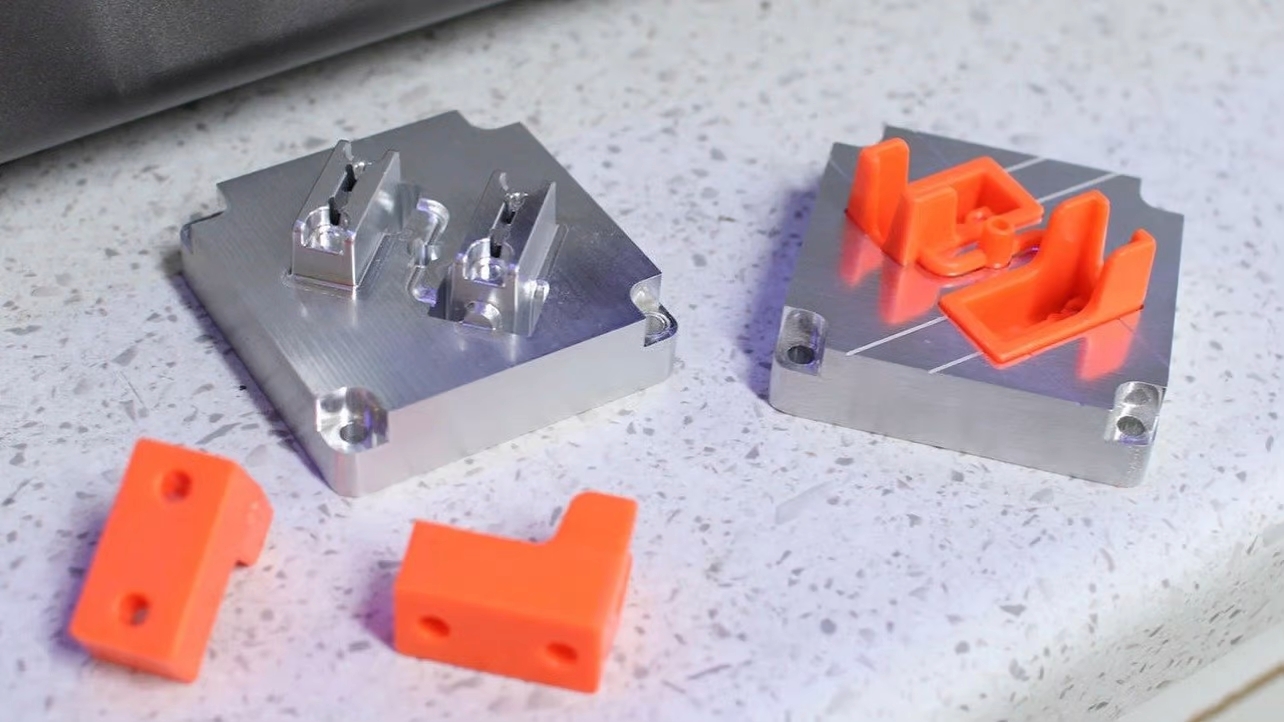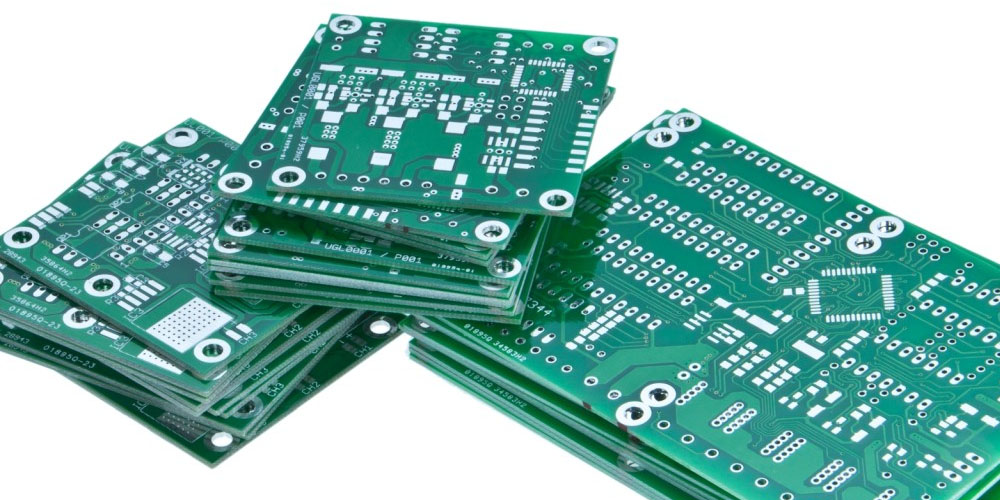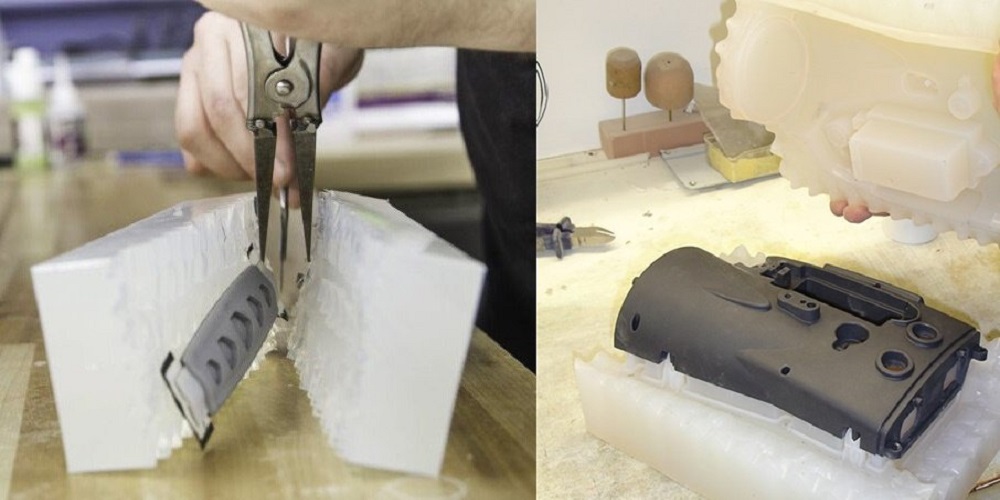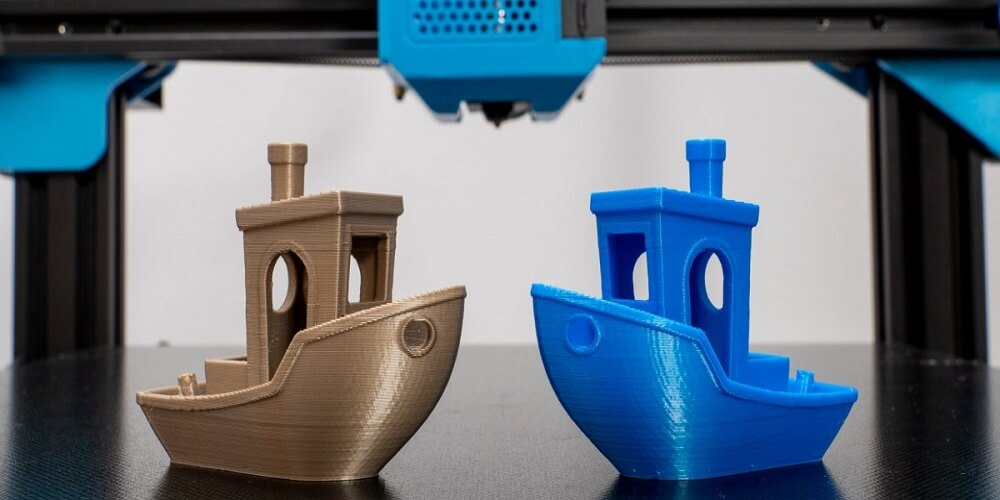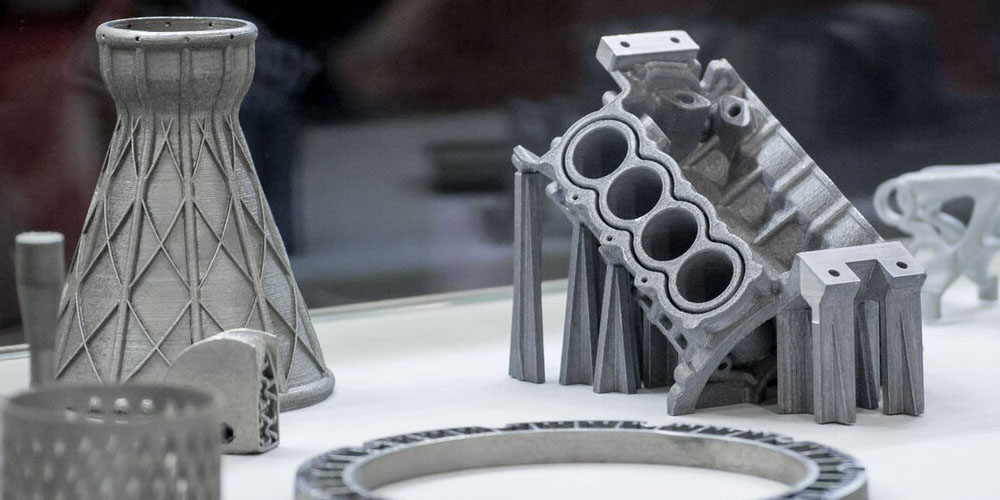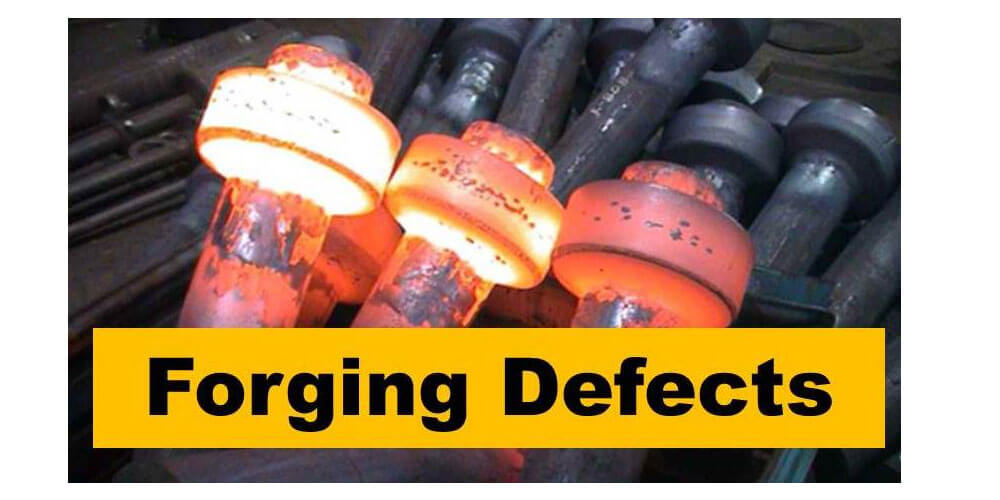The CNC machining process involves stripping an object off its material to create a specific part. The development of machining parts involves cutting using sharp tools and equipment depending on the application. The manufacturing process is fast, and the resultant parts are high-quality, accurate, and efficient. However, most parts are not ready to go until finishing is done. Some in the early stages of production are good to go, but finishing the surfaces is always good. In this article, we delve into the types of CNC machining finishes.
Types of CNC machining finishes
CNC machining finishing options come in different forms. They are used to enhance the surface appearance of parts and also better their performance. They make the parts smooth, sturdy, and corrosion-resistant. Choosing the right finish can be challenging, but we mention and discuss their use below for easier recognition.
1. Anodization
Anodization is known to thicken the outer oxidized layer of a metal product. The layer minimizes the effects of corrosion on metal and protects it from wear and tear. In addition, this type of finish enhances heat dissipation and makes part coloring easier. There are two types of anodization finishes; Type II and Type III. They are suitable for aluminum metals and are used to create parts like aircraft parts, automotive parts, medical components, architectural features, and consumer electronics.
2. Powder coating
This surface finish option involves the spraying of paint in powder form on CNC machined parts. The part is left to dry and later placed in an oven to bake. This procedure hardens the part making it highly durable. It also becomes wear and corrosion-resistant and is easy to color. Powder coating finishing is used on most metal materials to form components like bicycle parts, house appliances, architectural components, and automotive parts.
3. Coloring
Coloring is classified as a type of finish, but it’s made possible by applying powder coating and anodization finishes. Coloring the already finished parts makes it aesthetically pleasing to consumers. The finishing is suitable for use on most plastic and metal components. It is mainly used for consumer products and to demonstrate prototypes before the actual product is developed.
4. Bead blasting
The process involves forcing glass beads onto a part surface at high pressure to make its surface smooth. It is an effective method used to change the surface nature of a CNC machined part. Bead blasting finish is ideal for both mechanical and functional parts, but it is loved for the aesthetically pleasing look it leaves on products. It creates a matte finish that depicts luxury. It is used on various metal and plastic components such as automotive parts, household components, and signage.
5. As machined
This is where the machined parts are left as they are. All finishing options are great; however, some parts look good with their original appearance. Parts with this finish are more affordable, but their surface is not as smooth as the finished kind. It is used on fasteners, prototypes, and functional parts.
Bottom line
CNC machining is a very versatile machining process. The machined products can safely go through the finishing process to better their appearance, performance, and corrosion resistance. The multiple finishes provide you with a wide range of options to choose from. Select the best finish based on the materials of the machined parts or the look you want.

